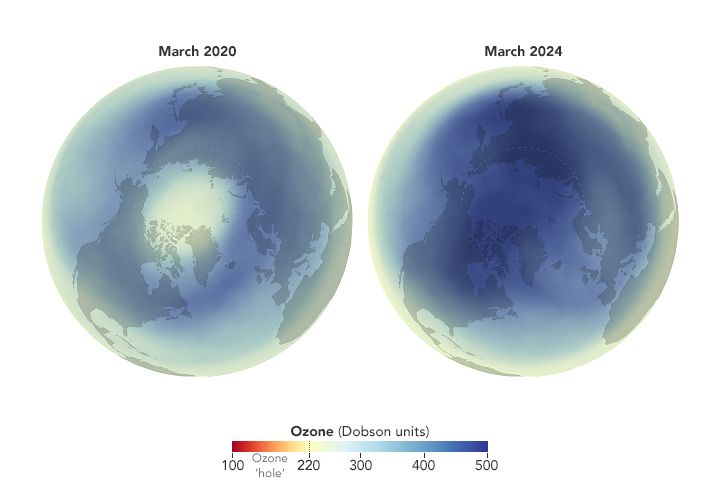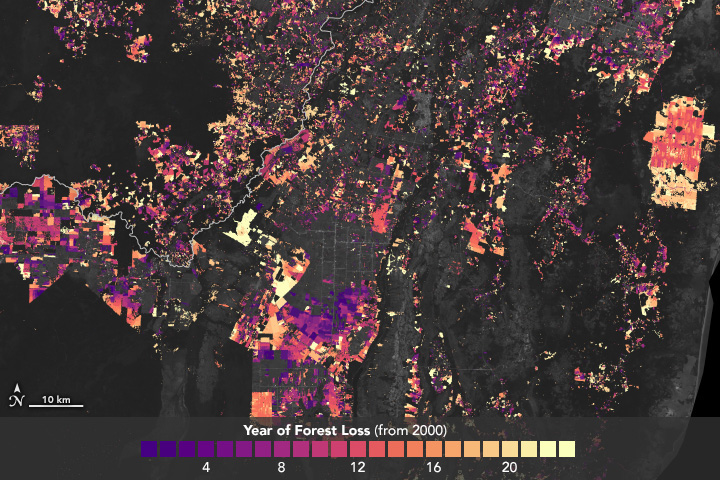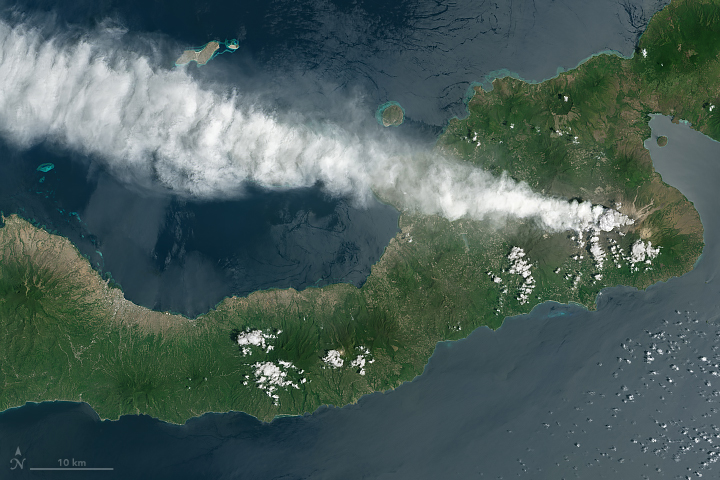- Home
- Missions
- Data
- Communications
- People
- The Earth Observer Newsletter




Recent Imagery
You will be directed to the NASA Visible Earth webpage when you select Images by Mission below, or click on the images at right that are randomly generated to represent four out of all possible topics.
The Earth Observer has a new look! Visit the NEW Earth Observer website.
The Earth Observer: May - Jun, 1998
In This Issue
Click title below to view page
SCIENCE MEETINGS
Report on the Landsat-? Science Team Meeting ... 3
EOS PM-1 Advanced Microwave Scanning Radiometer (AMSR-E) Science Team Meeting ... 6
Summary of the SAGE Ill (Stratospheric Aerosol and Gas Experiment 111) Science Team Meeting ... 7
Summary of Total Ozone Mapping Spectrometer (TOMS) Science Team Meeting .... 15
NSIDC DAAC User Working Group Meeting, also known as Polar DAAC User Working Group (PoDAG) ... 22
Summary of Chemistry/Climate Modeling Meeting ... 27
SCIENCE ARTICLES
EOSDIS Networks ..... 37
Joint Rosenstiel School of Marine & Atmospheric Science (RSMAS) ..... 38
Description of a portable spectroradiometer to validate EOS radiance scales in the shortwave infrared ... 43
TRMMing the Uncertainties: Preliminary Data from the Tropical Rainfall Measuring Mission .... 48
IR Instrument Comparison Workshop at the Rosenstiel School of Marine & Atmospheric Science (RSMAS).... 51
EOS Land Validation Coordination: An Update .... 55
ANNOUNCEMENTS
Concepts for Science and Applications Missions in the Post-2002 Era ..... 5
NASA Atmospheric Researchers Focus on Mexican Fires....60
NASA Earth Science Enterprise Education Program Update ... 61
NASA Unveils New Internet Site for Fire Monitoring by Satellite ..... 62
Science Calendars ..... 63
Editor's Corner
Michael King—EOS Senior Project Scientist
NASA has found performance problems with the ground system software required to control, monitor and schedule science activities on the Earth Observing System (EOS) series of spacecraft. These problems will cause a serious delay in the launch date of the EOS AM- 1 spacecraft originally planned for late June 1998.
The Ground Control Software, called the "Flight Operations Segment" (FOS) software, is part of the Earth Observing System Data and Information System (EOSDIS), the ground system responsible for spacecraft control, and data acquisition, processing and distribution for NASA's Earth Science Enterprise, including the EOS missions.
The problem is with the control center FOS software that supports the command and control of the spacecraft and instruments, monitoring of spacecraft and instrument health and safety, planning and scheduling of instrument operations, and analysis of spacecraft trends and anomalies. As such, this is a critical piece of software that must be reliable, with the flight operations team sufficiently trained and confident in the software before the AM-1 spacecraft can be safely launched.
The Earth Science Enterprise is beginning a methodical planning exercise to ensure the logical progression of...
Read more...

